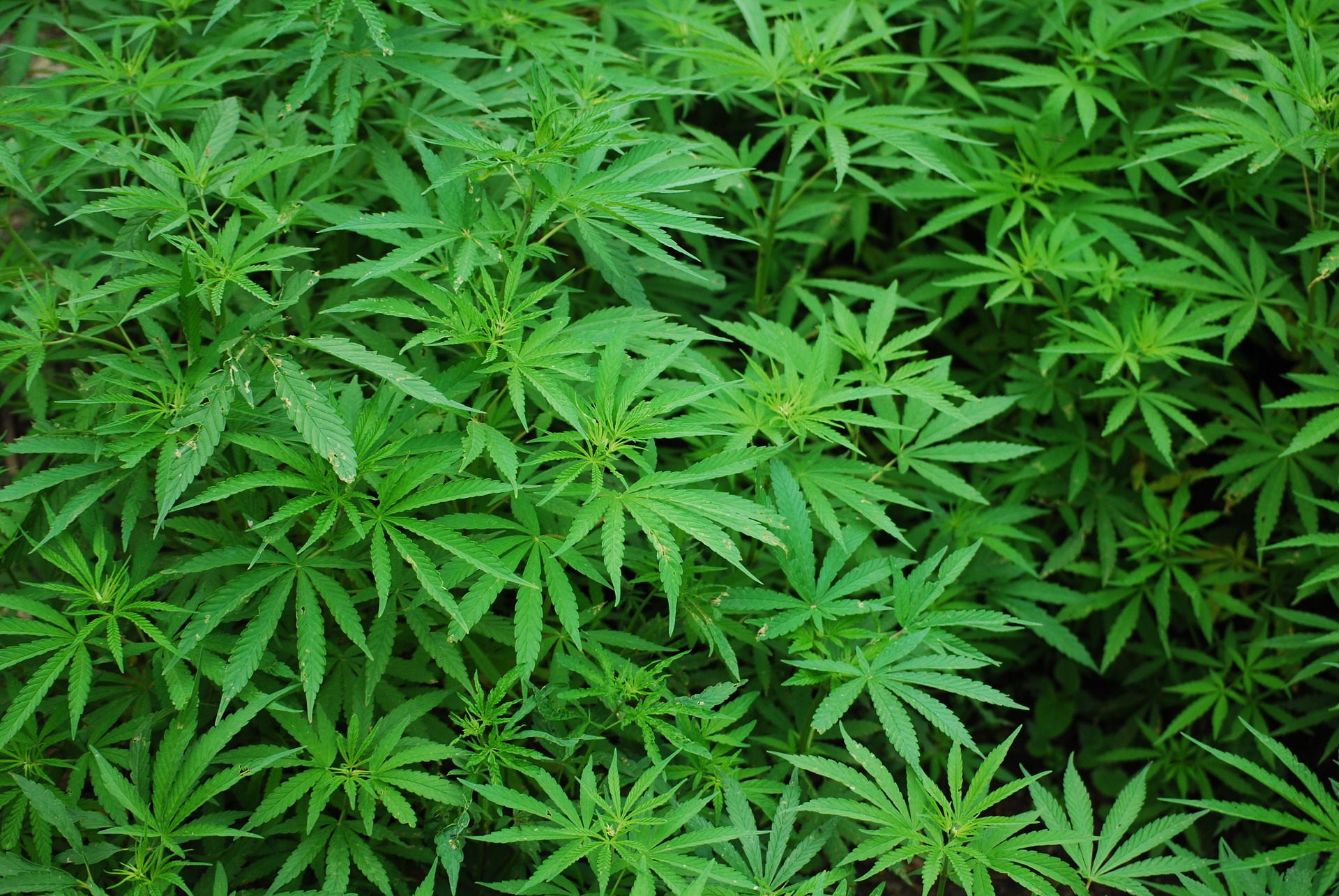Suddenly cannabis is everywhere. From CBD cocktails to CBD coffees to different celebrity-branded and celebrity-backed marijuana brands. There’s been an increase in the use of marijuana since 2007. It’s expected that 11 states and the District of Columbia will legalize the recreational use of marijuana by 2020. Cannabis is becoming the mainstream of the 21st century. We do need to know more about it to completely understand the use and effects of marijuana. Here, we are going to start with the difference between CBD and THC.
The plant of cannabis produces different chemical compounds called cannabinoids. There are more than 100 different cannabinoids identified but two of the most known compounds are cannabidiol (CBD) and tetrahydrocannabinol (THC). Let’s start with THC. Tetrahydrocannabinol is the main psychoactive component of cannabis, it’s the compound that makes you feel high. On the other side, CBD doesn’t make you feel high, however, it has other familiar effects on your body.
How is the Body Impacted by CBC and THC?
Both CBD and THC have an impact on the endocannabinoid system, which is the system that regulates your mood, sleep, appetite, and other important biological processes. The important neurotransmitter of the endocannabinoid system is anandamide. The word “anandamide” inspired by the Sanskrit word for bliss, is a neurotransmitter created in your body to maintain homeostasis. It reduces anxiety and elevates your mood.

Difference Between THC and CBD?
Why anandamide is important when we talk about THC and CBD? Other endocannabinoids and anandamide bind to receptors known as CB1 and CB2. THC has a similar shape to anandamide and it fits in these receptors stimulating your endocannabinoid system by imitating what anandamide can do. When THC binds to the CB1 receptor, it leads people to experience a blissed and high mood. It’s interesting that people who have a genetic mutation that leads to producing more anandamide, feel less pleased with the effects of THC.
How is CBD Different from THC?
Although CBD has the same composition as THC on a chemical level, the main difference is how molecules arrange within these two chemical compounds. CBD does not fit into CB1 receptors like THC fits and as a result, it will not bring you the feeling of being high. Any CBD-rich cannabis strain can make you feel less high when compared to a strain that contains a lot of THC.
It’s important to stress that the Food and Drug Administration did not approve cannabinoids for most medical uses. However, there is one exception which is the approval of Epidiolex, a drug that treats some forms of childhood epilepsy.
Medical cannabis is beneficial when treating diseases like chronic pain, anxiety, depression, etc. For example, in Missouri, patients with a qualifying disease can obtain a medical marijuana card and get treatment. Before obtaining it, a consultation with Missouri medical marijuana doctors is necessary.
There are other benefits of verified CBD such as anti-inflammatory effects and anti-anxiety effects which need to be researched thoroughly before the FDA sings off CBD drugs for any of these purposes.
A review from 2015, concluded that there is a great potential in CBD-based drugs for treating anxiety disorders. Still, we have to have more studies before we establish the drug for standard and chronic use.
Another study suggests that CBD can lower inflammation and pain due to arthritis. The study conducted on rats needs to be replicated and proved to be functional on humans as well.
CBD has the potential to help people but before it hits the market scientists need to research all the effects and potential side-effects of CBD.
Why do we have so little research on CBD? The main reason is that cannabis has only become a legal drug recently in the US. Even though CBD is legal today, it’s barely regulated. Before we get the green light from the FDA, we should stay away from any forms of CBD whether it is in our cocktails or coffees.




